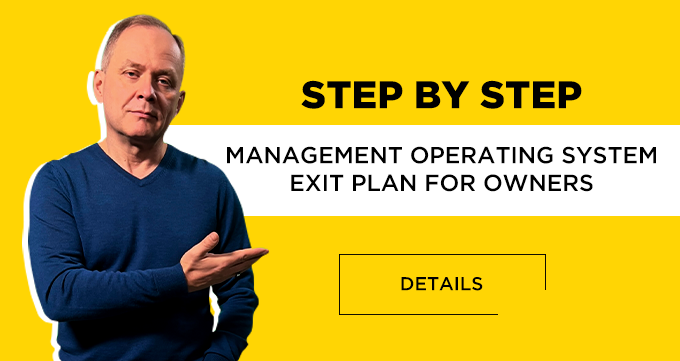Engagement or Sabotage: How to Effectively Motivate Employees
When a CEO or business owner faces a situation where delegation doesn't yield results, one of the reasons is an ineffective motivation system. People formally perform their duties but sabotage initiatives, avoid responsibility, and lose engagement. Meanwhile, personnel costs rise, but productivity does not. What's wrong?
Why Standard Motivation Methods No Longer Work
I used to fall into this trap myself. It seemed that offering a bonus would make an employee work better. But a modern team requires a different approach. Today, motivation is not just about salary and bonuses. It's about the environment, culture, and opportunities for growth. Gallup research shows that only 15% of employees are engaged in their work. The rest work out of inertia or are waiting for a new job opening.
The Commercial Director is often the first to notice this problem: the sales department isn't "closing deals" effectively, tasks are completed formally, and initiative is zero. The Executive Director might see how departments are not working in sync, each operating independently. And the owner feels that the system isn't growing because everything is centered around them.
Delegation Without Sabotage: What to Measure
One of the most common requests in consulting is how to build a motivation system that truly impacts results. Here, it's important to move from abstract evaluations to specific indicators:
- Departmental KPIs: sales plan fulfillment, average check, number of new clients;
- Engagement Index: how well the employee understands company goals and sees their place within them;
- Labor Productivity: revenue per employee, speed of task completion;
- Staff Satisfaction: based on surveys and interviews with employees;
- Employee Turnover: especially among key specialists.
If the Executive Director sees that the team isn't focused on the metrics, it's a signal. Most likely, employees don't feel the value of their work. Or they don't understand how their actions influence the outcome. Or the motivation system is geared towards formality, not growth.
How to Build a Working Motivation System
Strong motivation is not just about money. Here's what truly impacts engagement and results:
- Transparent Goals and Metrics Every employee should understand: what they are paid for, how their contribution is evaluated, and which KPIs are important. The Commercial Director can link bonuses to the sales plan, and the CEO to the achievement of strategic objectives.
- Balance of Material and Non-Material Incentives
- Bonuses, premiums, benefits package;
- Public recognition, "employee of the month" status;
- Participation in projects, growth within the company.
When employees feel valued, they work with greater dedication. In consulting, we often see that even a little attention to achievement can significantly reduce employee turnover.
- Opportunities for Development and Training Delegation often stalls because people are not ready to take on more. Without development, motivation wanes. The Executive Director should have a strategy: who are we developing, who is becoming a leader, how the company creates internal career growth.
- Honest Feedback Conduct engagement surveys, ask direct questions: "What prevents you from working more effectively?", "Do you feel a connection between your work and the company's success?". And act on the results.
Example from Practice
In one company where my company provided consulting, the owner couldn't understand why, with a large team and above-market salaries, everything was "stuck". After diagnostics, it turned out that employees didn't know how their work was evaluated, didn't understand why new processes were being implemented, and didn't see prospects for growth. Within 2 months of implementing a motivation system based on KPIs and feedback, productivity increased by 19%, and staff turnover decreased by a third.
What to Do Right Now
If you are a CEO or Executive Director, start with a basic diagnosis:
- What are our KPIs and who is responsible for them?
- How well do employees understand company goals?
- Is there a systematic approach to non-material motivation?
- What is the employee turnover rate and why are people leaving?
You will be surprised how a clear motivation system reduces sabotage and brings focus back to the team, and delegation starts working when employees see meaning in their role. I delve into this topic in more detail at my free masterclass "How to Strengthen Your Team, Fortify Your Business Foundation, and Reach a New Level."
You might also be interested in my article "Why Employees Don't Work Without You and How to Fix It." You can read it by following this link: https://usa.visotsky.com/news/why-employees-dont-work-without-you-and-how-to-fix-it

